I have several roller stands that I’ve used to support long pieces of lumber and plywood as I feed them through the table saw. They work, but they’re not without shortcomings. On the infeed side, I have no complaints. I set the stand up with the roller at table height and feed the workpiece through. I do the same with the stand on the outfeed side but if the workpiece is flexible, the leading edge will sag and butt into the roller rather than cross on top of it. It’s an awkward moment when I have the blade whirring and I can’t finish the cut. And crosscutting with the stand out to the side of the table saw is out of the question. Last year I came across a better system, a washer roller. It’s easy to make and for many tasks works better than a roller stand. Stacking three washers with the lower two providing a gap for the top washer's hole establishes the spacing for the nails. Walking off the interval with dividers simplifies the process. If you're marking the spacing with a ruler, you can use a more convenient interval if it is a slightly larger spacing.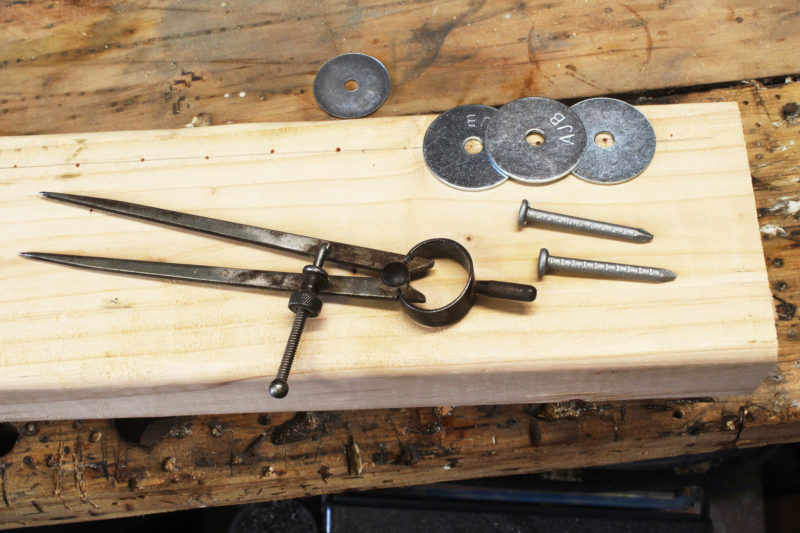 Photographs by the author
Photographs by the author
Stay On Course

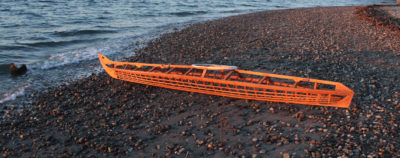
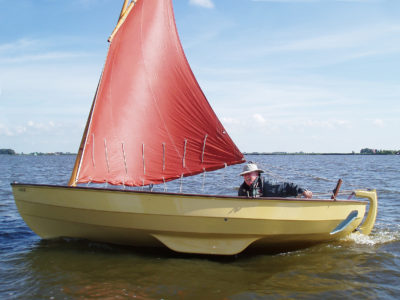
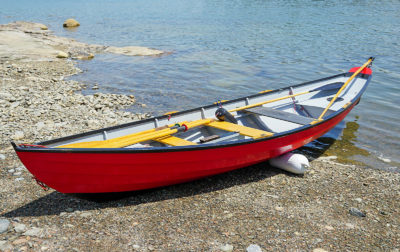
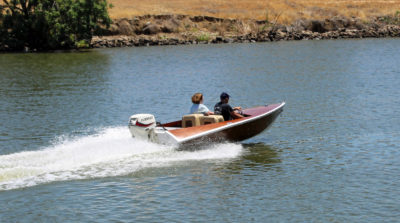
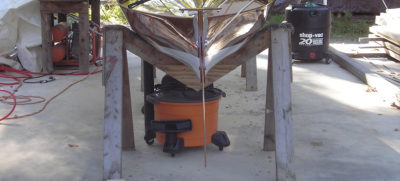
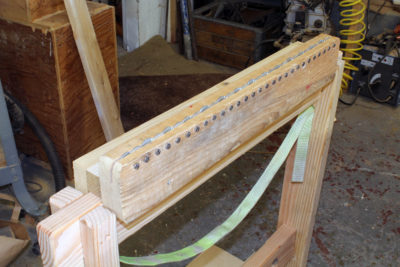

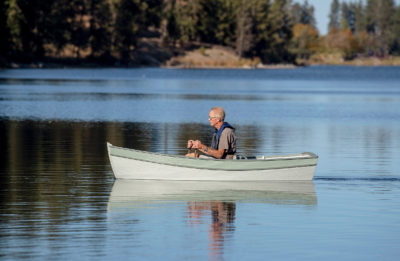

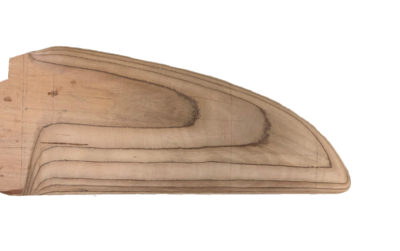
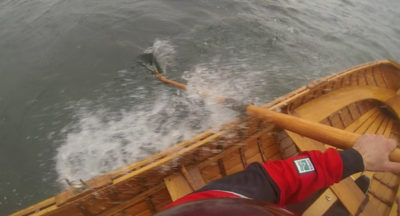
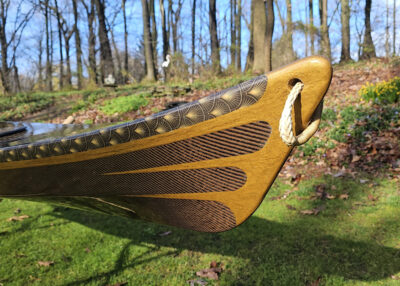
Join The Conversation
We welcome your comments about this article. To include a photo with your remarks, click Choose File below the Comment box.